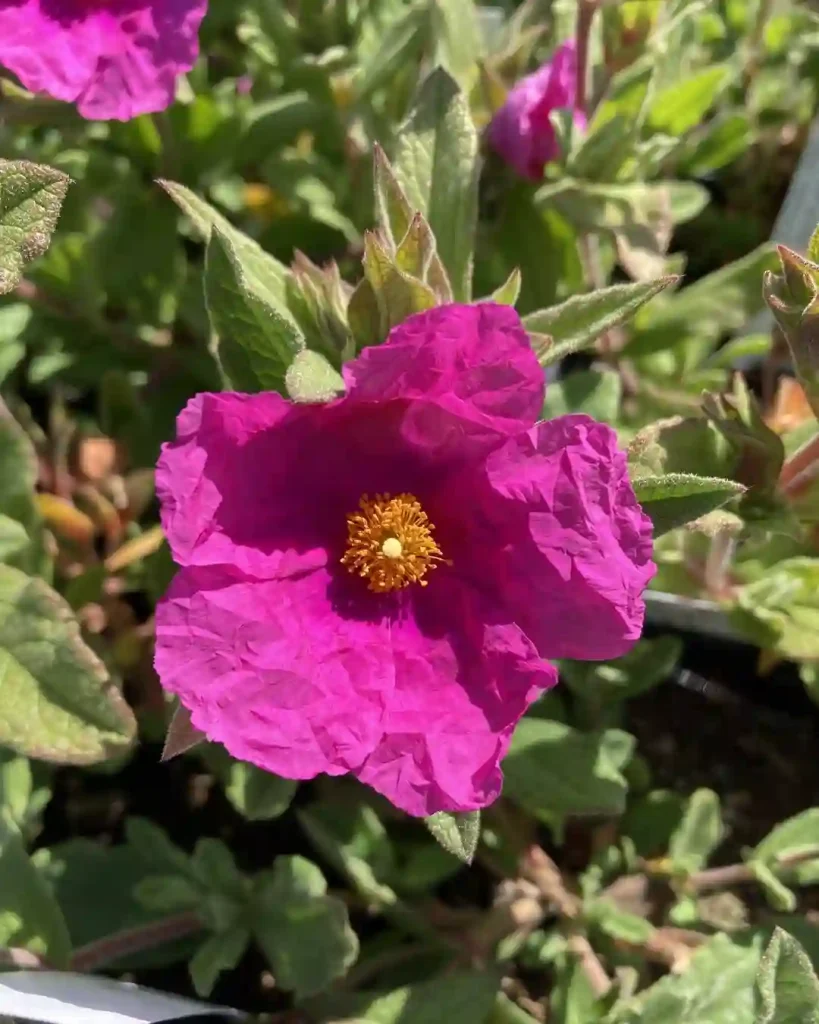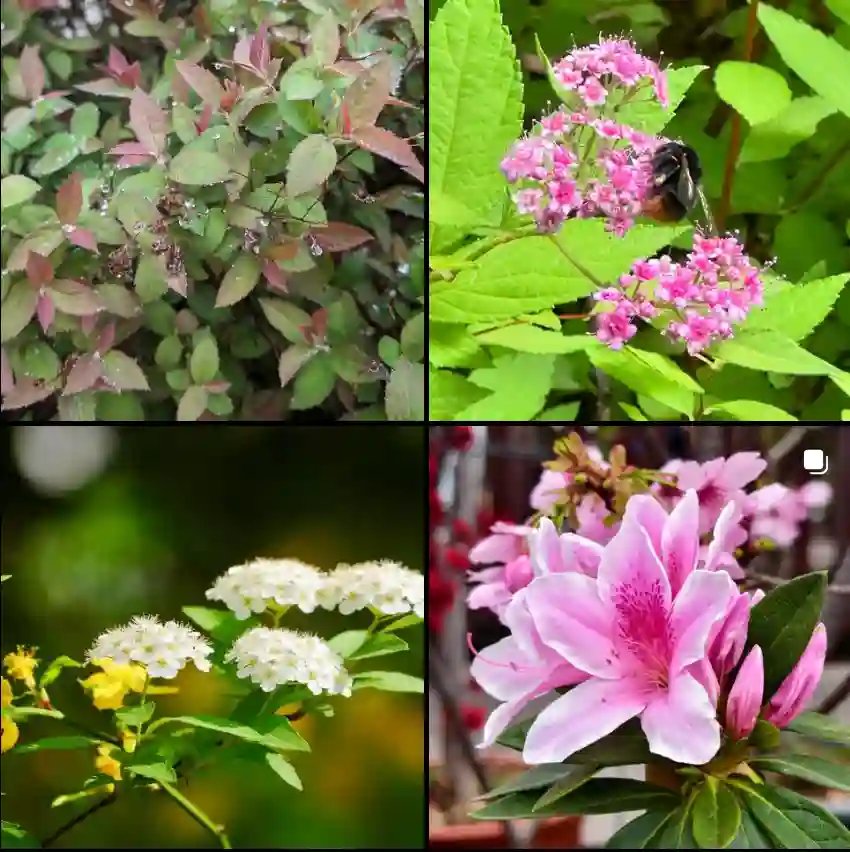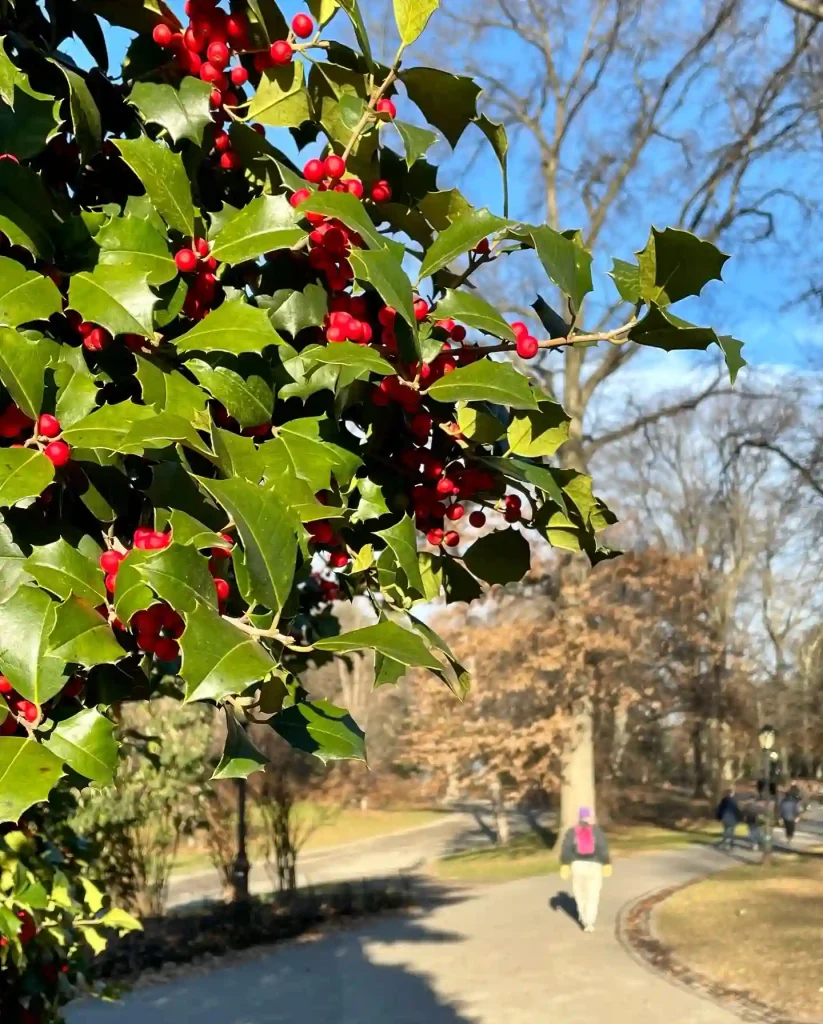Levisticum: A Deep Dive with Ferb Vu
The world of plants is vast and fascinating, filled with diverse species that offer a range of uses and benefits. Today, I want to delve into a particular genus that has captured my attention: Levisticum. This genus, belonging to the Apiaceae family, is more commonly known as lovage.
While many may only be familiar with its culinary applications, there’s much more to Levisticum than meets the eye. Join me as we explore its various facets, from its historical significance to its potential medicinal properties.
A Brief Overview of Levisticum
Levisticum is a perennial herb native to the mountainous regions of Southern Europe and Southwestern Asia. It’s characterized by its tall, hollow stems, large, dark green leaves, and umbels of yellow flowers. The plant has a distinctive, strong aroma, often described as a blend of celery, parsley, and anise.
Historically, Levisticum has been cultivated for both culinary and medicinal purposes. Its leaves, stems, seeds, and roots all have unique flavors and applications, making it a versatile ingredient in various cuisines.
Species within the Levisticum Genus
While Levisticum is a small genus, it boasts a few distinct species, each with unique characteristics. Here are some of the notable ones:
- Levisticum officinale: This is the most common and widely cultivated species, commonly known as lovage. It’s prized for its culinary versatility and is used in various dishes, from soups and stews to salads and sauces. – Plant FAQs: Lovage – Levisticum Officinale
- Levisticum persicum: Also known as Persian lovage, this species is native to Iran and is characterized by its more pungent flavor and aroma. It’s often used in traditional Persian cuisine.
- Levisticum scoticum: This species, commonly known as Scotch lovage, is native to the coastal regions of Scotland and Northern England. It’s known for its hardiness and ability to thrive in harsh conditions.
Culinary Uses of Levisticum
Lovage has a long history of culinary use, dating back to ancient Roman and Greek times. Its unique flavor profile makes it a versatile ingredient in a variety of dishes. The leaves can be used fresh or dried to add a distinctive flavor to soups, stews, salads, and sauces. The stems can be candied or used as a vegetable in stir-fries. The seeds are often used as a spice, adding a warm, aromatic note to baked goods and savory dishes. The roots can be cooked and eaten as a root vegetable, similar to parsnips or carrots.
In European cuisine, lovage is often used in marinades for meat and poultry, as well as in pickles and chutneys. It’s also a key ingredient in some traditional liqueurs and herbal teas.
Medicinal Properties of Levisticum
Beyond its culinary applications, Levisticum has also been recognized for its potential medicinal properties. Traditional medicine has employed lovage to treat various ailments, including digestive issues, respiratory problems, and skin conditions.
Some studies suggest that lovage may have anti-inflammatory, antioxidant, and diuretic properties. It’s also believed to have potential benefits for digestive health, as it may help stimulate digestion and relieve bloating and gas.
While more research is needed to fully understand the medicinal benefits of Levisticum, its long history of use in traditional medicine suggests that it may offer potential health benefits.
Cultivating Levisticum
Levisticum is a relatively easy plant to cultivate, making it a popular choice for home gardeners. It thrives in well-drained soil and prefers full sun to partial shade. Once established, it’s a hardy plant that can tolerate drought conditions.
Lovage can be propagated from seed, cuttings, or root division. It’s a relatively low-maintenance plant, requiring minimal care once established. Regular watering and occasional fertilization can help promote healthy growth.
Conclusion
Levisticum, with its unique flavor profile and potential health benefits, is a fascinating genus that deserves more recognition. Whether you’re a culinary enthusiast or a health-conscious individual, exploring the world of Levisticum can offer a rewarding experience.
From its diverse culinary applications to its potential medicinal properties, Levisticum is a versatile plant that has much to offer. So, why not give it a try and discover the unique flavors and benefits of this fascinating herb?
If i die, water my plants!



